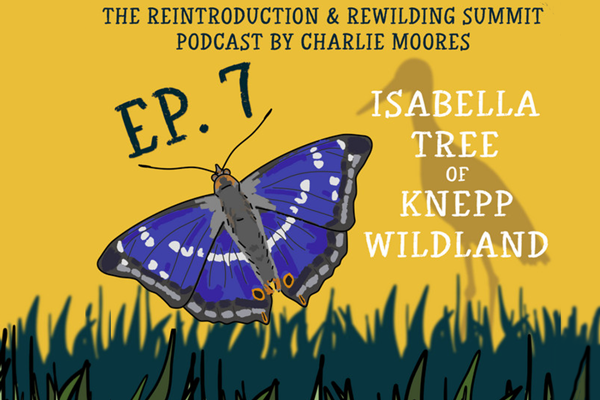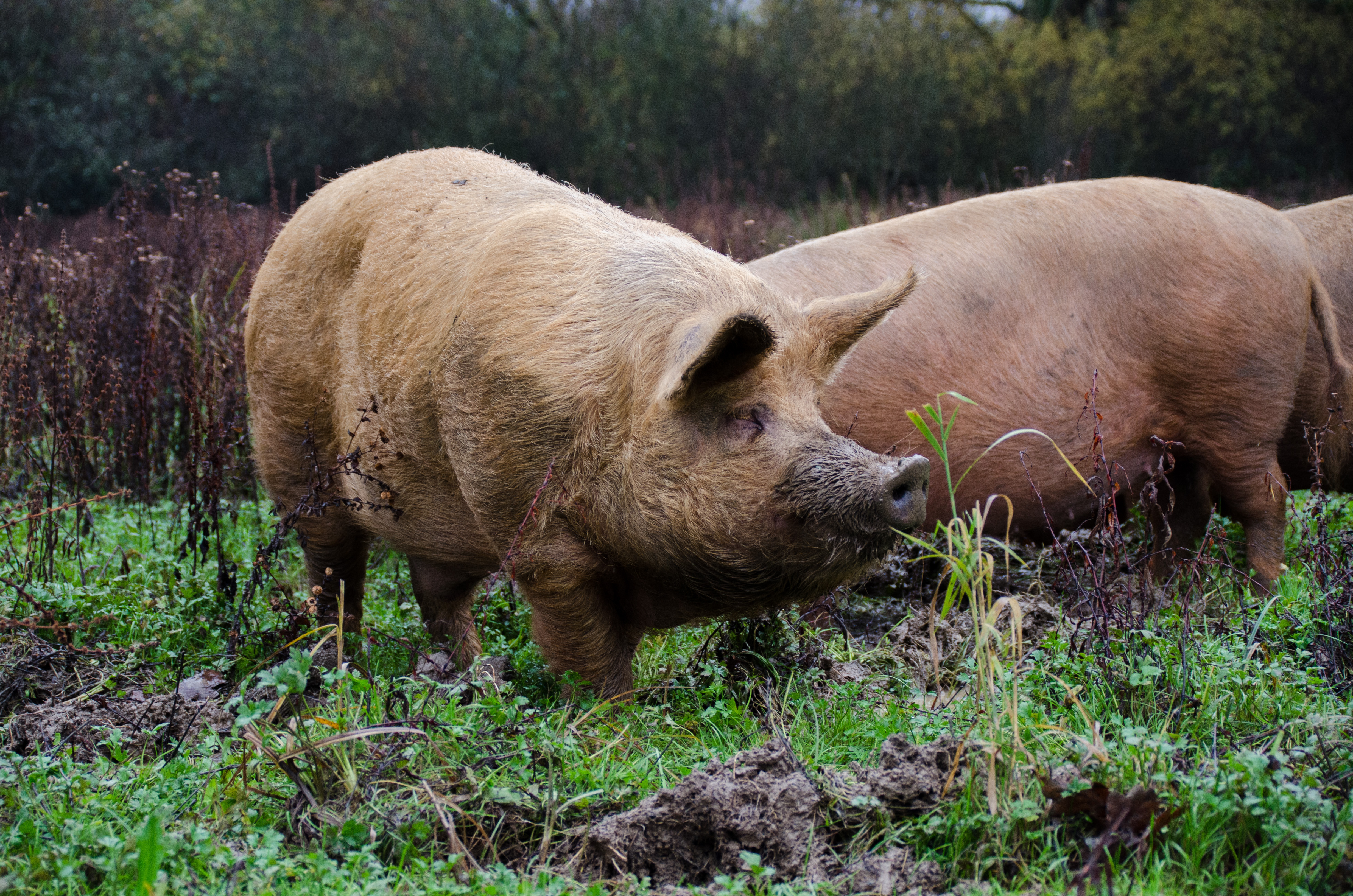


“Too many animals and it would become a very species-poor grassland, and you get rid of all the vegetation, like the heavily grazed areas we are familiar with in farming,” Isabella says as we climb out of a Pinzgauer safari vehicle to get a closer look at the magnificent droopy-horned cows. There is minimal human intervention the animals, left to their own devices, instinctively know that nettles and sallow have medicinal properties and they find sufficient nutrition from the mix of vegetation to live and breed without needing additional feed or shelter. Along with fallow deer, red deer, Exmoor ponies and Tamworths, the cattle are allowed to roam, and the animals’ interaction with the landscape - their different eating habits and their rutting and rootling - helps to encourage a naturally biodiverse wilderness. “Rewilding is restoration by letting go, allowing nature to take the driving seat,” Isabella writes in Wilding. Her husband, Charlie Burrell, once found 23 different species of beetle on a single pat. While I stumble and slide around, at one point slipping headlong into a deep mud clot, she ambles about with the poise of a mountain goat, stopping to inspect a cowpat in search of dung beetles. She pulls a long tailored coat over her boyish jumper, shirt and jeans - her “uniform”, she says - above wellington boots. Isabella is tall, with sparkly blue eyes, scrubbed skin, low-maintenance short brown hair and a youthful, smil-ey face. This, she tells me, is the sort of scrubby-looking landscape we should be celebrating if we have any hope of reviving the numbers of the trees, birds, butterflies, bats, worms, beetles, hedgehogs and other creatures that are at risk because of over-farming and climate change. It’s far from the romanticised vision of our green and pleasant land.Īll around us on Knepp Castle Estate are mounds of dense dog rose, outcrops of prickly hawthorn and blackthorn, unruly brambles and, underfoot, sticky clumps of coarse grass and a whole cornucopia of cowpats, anthills, neat rabbit droppings and swirls of worm casts, which Isabella deliciously describes in her 2018 bestselling book, Wil ding: The Return of Nature to a British Farm, as “tiny pyramids of worm excrement like squiggles of piped chestnut puree”.

We are in search of English longhorn cattle, deer, white storks and Tamworth pigs (which will prove very elusive). We have zero tolerance for it in our landscape, but this is where you get unbelievable volumes of feeding birds - and birdsong.” Isabella Tree is standing in a messy scrap of landscape a 20-minute taxi ride south of Horsham in West Sussex.


 0 kommentar(er)
0 kommentar(er)
